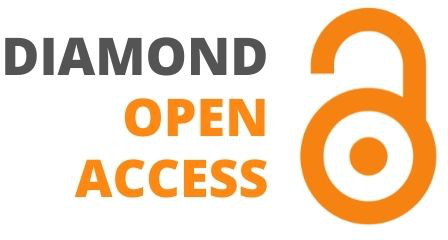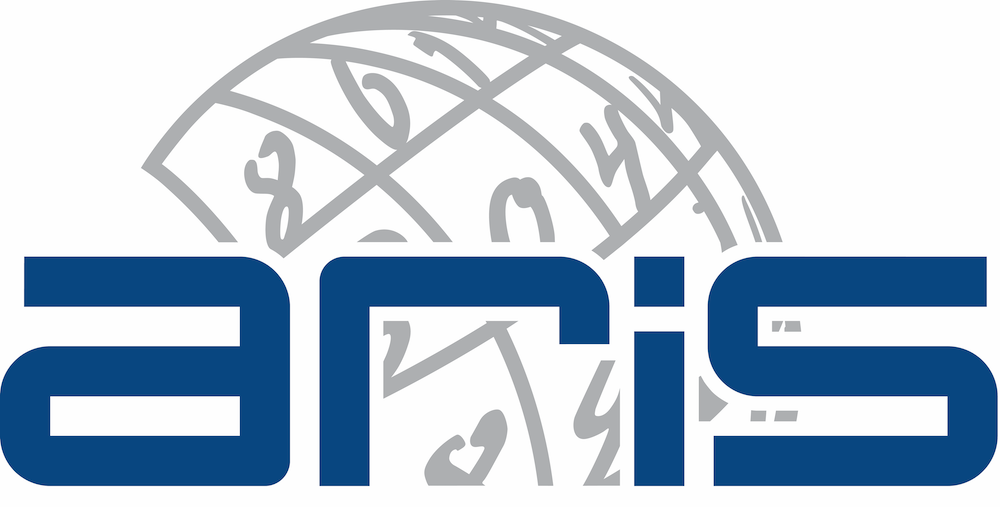Journal of Information Technology in Construction
ITcon Vol. 29, pg. 1083-1102, http://www.itcon.org/2024/48
Human-in-the-Loop Digital Twin Framework for Ergonomics of Exoskeletons in Construction
| DOI: | 10.36680/j.itcon.2024.048 | |
| submitted: | May 2024 | |
| revised: | September 2024 | |
| published: | December 2024 | |
| editor(s): | Getuli V, Rahimian F, Dawood N, Capone P, Bruttini A | |
| authors: | Adedeji Afolabi, Research Associate
Virginia Polytechnic Institute and State University, Virginia, United States adedeji@vt.edu Anthony Yusuf, Ph.D Student Virginia Polytechnic Institute and State University, Virginia, United States anthonyy@vt.edu Abiola Akanmu, Associate Professor Virginia Polytechnic Institute and State University, Virginia, United States abiola@vt.edu | |
| summary: | Exoskeletons are increasingly recognized as ergonomic solutions for work-related musculoskeletal disorders in the construction industry. However, users of active back-support exoskeletons are susceptible to various physical and psychological risks, which could be exoskeleton-type or task-dependent. A test bed is needed to enable deployment and assessment of risks associated with exoskeleton use for construction tasks. This study presents a human-in-the-loop digital twin framework for assessing ergonomic risks associated with using active back-support exoskeletons for construction work. Through a literature review, a digital twin system architecture for assessing risks associated with active back-support exoskeletons was developed. Semi-structured interviews were conducted to identify construction tasks that are most suitable for active back-support exoskeletons. Based on the identified tasks, a laboratory experiment was conducted to quantify the risks associated with the use of a commercially available active back-support exoskeleton for carpentry framing tasks. The efficacy of the digital twin framework is demonstrated with an example of the classification of exertion levels due to exoskeleton use using a 1D-convolutional neural network. The results show that the performance of the model improved significantly with synthetic data. The dashboard provides a visualization of exertion risk classification outcomes to aid decision-making. The study highlights the potential of digital twins for ergonomic assessment, allowing stakeholders to proactively address ergonomic risks and optimize the use of exoskeletons in the construction industry. This study sets a precedent for future research on using digital twins to monitor the performance of exoskeletons in construction. Such efforts could enhance the sustainability of exoskeleton solutions in construction workplaces. | |
| keywords: | Digital Twin, Ergonomics, Exoskeletons, Risk Assessment, Sensing Technologies, Work-related musculoskeletal disorders | |
| full text: | (PDF file, 0.798 MB) | |
| citation: | Afolabi A, Yusuf A, Akanmu A (2024). Human-in-the-Loop Digital Twin Framework for Ergonomics of Exoskeletons in Construction, ITcon Vol. 29, Special issue Managing the digital transformation of construction industry (CONVR 2023), pg. 1083-1102, https://doi.org/10.36680/j.itcon.2024.048 | |
| statistics: |





